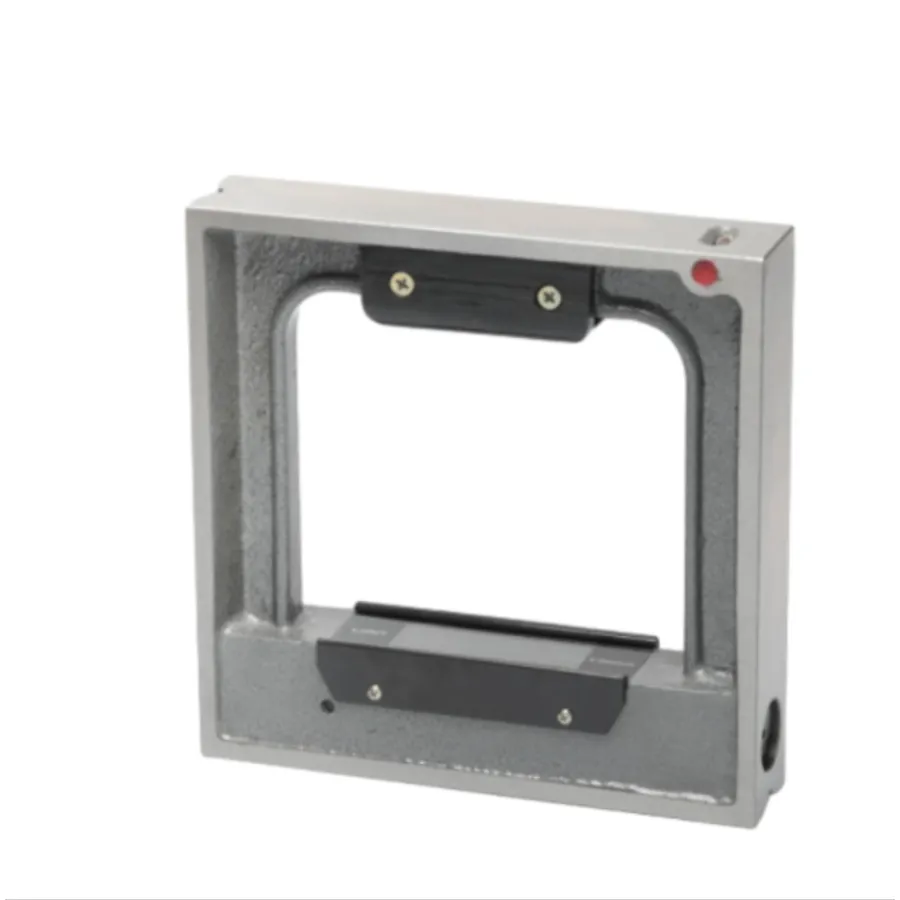Nov . 25, 2024 18:23 Back to list
disk check valve
Understanding Disk Check Valves Function and Applications
Disk check valves, also known as disk valves or swing check valves, are critical components in various fluid systems. Their primary function is to allow unidirectional flow while preventing backflow, thereby protecting equipment and maintaining system integrity. This article aims to provide a comprehensive understanding of disk check valves, including their design, functioning, applications, and advantages.
Design and Mechanism
A disk check valve typically consists of a valve body, a disc, and a hinge mechanism. The valve body, often made of durable materials such as stainless steel, cast iron, or plastic, houses the entire assembly. The disc, which is the primary moving part, swings on a hinge and is designed to open and close according to the flow of fluid. When fluid flows in the intended direction, the disc swings open, allowing the media to pass through. Conversely, if there is a reverse flow, the disc is pushed against a sealing surface, effectively blocking the backflow and sealing the valve.
The design of disk check valves can vary. There are two common configurations the horizontal and vertical installations. The choice between these configurations depends on the specific application and the direction of fluid flow. In many cases, the simplicity of the disk mechanism allows for quick installation and ease of maintenance.
Functionality
The primary role of a disk check valve is to prevent backflow in a piping system
. Backflow can cause numerous problems, including contamination of the fluid source, damage to pumps and other equipment, and inefficiencies within the system. By utilizing a disk check valve, engineers ensure that the fluid flows in one direction, protecting the integrity and safety of the system.Disk check valves are often equipped with features that enhance their performance. For example, some models may incorporate a damping mechanism that slows the closure of the disc, reducing the risk of water hammer, a phenomenon that can lead to pipe damage and increased maintenance costs. Additionally, some advanced designs include a spring-loaded mechanism to assist in closing the disc quickly, providing better sealing capabilities in low-pressure scenarios.
disk check valve

Applications
Disk check valves are widely used across various industries, including water and wastewater treatment, oil and gas, chemical processing, and pharmaceutical manufacturing. In water treatment plants, for example, they prevent the backflow of treated water into the filtration system, ensuring that contaminants do not re-enter the system. In oil and gas applications, they safeguard pipeline integrity by blocking reverse flow, which could lead to spills or accidents.
In the chemical industry, disk check valves are utilized in processes where hazardous materials are involved. They minimize the risk of contamination and provide a reliable fail-safe mechanism to protect equipment and personnel. Additionally, pharmaceutical manufacturing facilities often rely on disk check valves to maintain the integrity of sterile processes, ensuring that no contaminants disrupt production.
Advantages
The benefits of using disk check valves in a system are numerous. Their compact design and lightweight construction make them easy to install and require minimal space, making them ideal for various applications. Moreover, their ability to operate without external power sources renders them energy-efficient and reliable.
Another significant advantage is their maintenance simplicity. Disk check valves have relatively few moving parts, which reduces the risk of mechanical failure and extends operational life. Regular maintenance, such as cleaning and inspection, can further enhance their reliability and performance.
In conclusion, disk check valves are essential components in various fluid systems, providing effective solutions to prevent backflow and protect equipment. With their versatile design and numerous applications, they play a crucial role in ensuring the efficiency and safety of industrial processes. Understanding their functionality and advantages can aid engineers and technicians in selecting the right valve for their specific needs, ultimately leading to more robust and efficient systems.
-
Thread Plug Gauge Our Promise of Measurement ExcellenceNewsAug.22,2025
-
Gauge Pin Class Reflecting Quality LegacyNewsAug.22,2025
-
Check Valve Types for High Rise BuildingsNewsAug.22,2025
-
Water Control Valve for Irrigation SystemsNewsAug.22,2025
-
Gate Valve with Soft Seal TechnologyNewsAug.22,2025
-
Y Type Strainer for Oil and Gas ApplicationsNewsAug.22,2025
Related PRODUCTS









